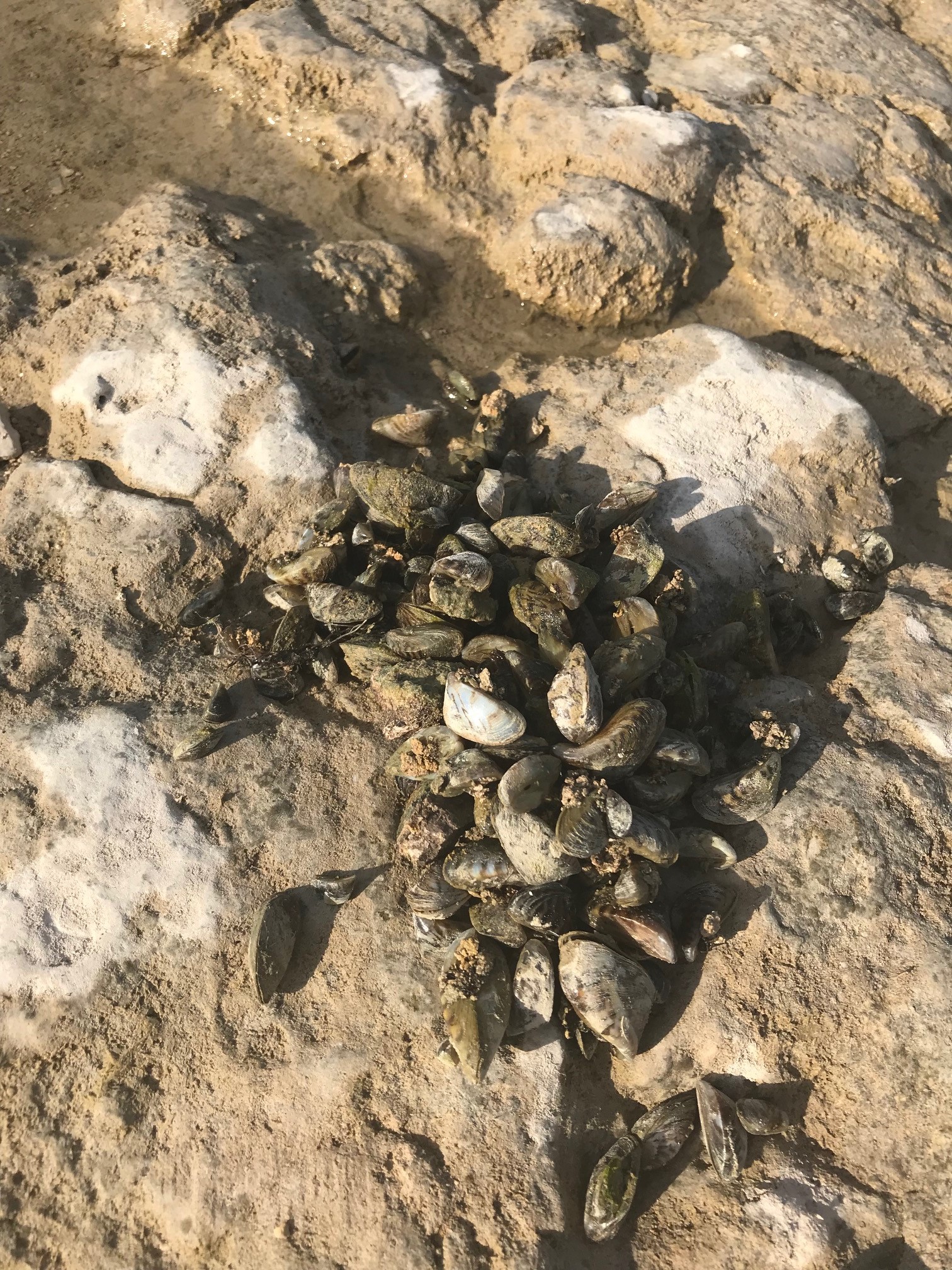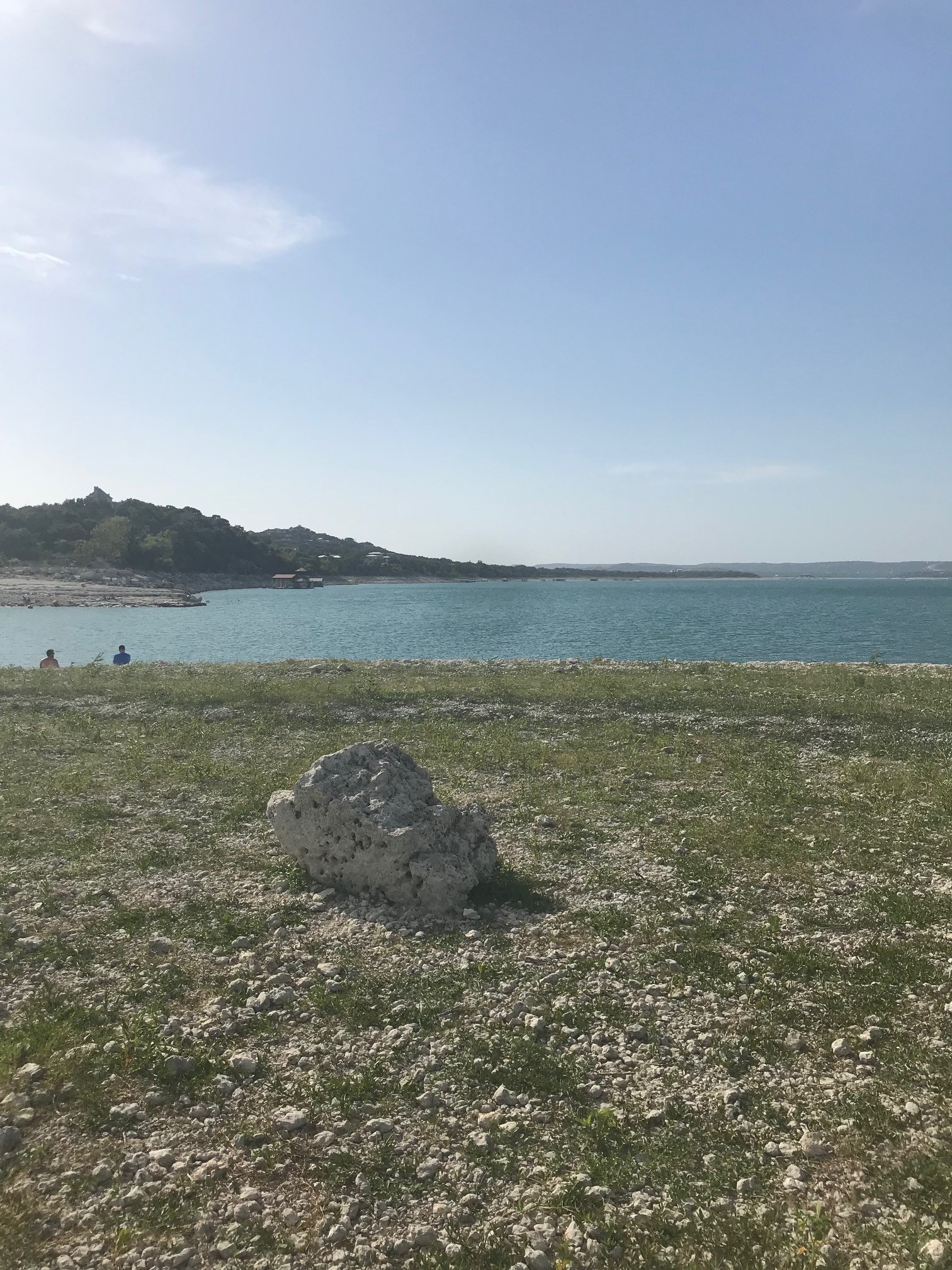A group of people living in the same place
In June, fresh out of school for summer vacation, I attended a clothing swap. My invite came over text and was short and sweet. Bring any old clothes you don’t want and show up at 4:00pm. As someone who is obsessed with organizing things, I regularly go through my closet and get rid of any items I don’t use. This was a bit of a hiccup to my attendance, could I show up empty handed? I managed to find a couple of old workout leggings and a hat that had seen better days and I packed up my car and went.
I arrived to the house nervous about my lack of offerings. The door was unlocked and I went in to find many women scouring over piles of clothes in various levels of undress. There was a low hum of chatter and a cheese board laid out on a kitchen island. I scanned the room for someone I knew and didn’t find anyone. Finally a familiar face appeared, a coworker from another department. I was ushered into the fold, “lay your clothes out by category and dig in.”
How are your kids. What’s new this summer. We are moving to a new place. How’s your grandmother. Did you catch that episode last week. I dug through piles of used clothing, listening to the conversations unfold around me. I imagined what these women did in the clothes, did they go to the bank? Did they have an important doctor’s visit? Why did they decide to get rid of them? A woman approached me and asked me my shoe size. She crawled on the floor and thrust a pair of sandals at me. “Try these on.” The experience felt like being enveloped into a cocoon of womanhood. The space made sacred by our energies and presence. The clothes an excuse and the conversation the purpose.
As I picked at the dried cranberries and slices of cheddar I felt dizzy. Is this what community feels like? In a country that prides itself on the individual, what space is left for community?
One of my unpaid jobs is to manage a community trail in my neighborhood. I do this with a small (3) set of volunteers and a tiny budget from the neighborhood HOA funds. Our work is difficult and we struggle to get more help. Many of the neighbors think we can hire out most of the work, their misunderstanding of our finances is comical. Yet, we enjoy what we do. We meet up, work on the tedious task of removing invasive species. Talk about seeds, native wildflowers and butterflies. We sweat into our long sleeve protective clothing, tools sprawled out on the ground. Despite the small group and variety of ages, we connect on a deep level. We all want to see the trail thrive, and we take pride in being able to help it do that.
After sending out handfuls of emails, posting flyers and even offering free food, we still only number in the single digits. One thing I have learned is that you can’t force community. People have to opt in. They have to seek out connection with others. Lots of times I’ll meet neighbors and they will say “nothing is ever happening in the neighborhood.” I have to just sit and nod my head. It takes work to be a member of a community.
What does community look like in today’s age?
It’s the lost and found hanging on a tree in the dog park.
It’s bringing a coffee to your friend recovering from back surgery. Sitting with her as she tells you about her slow walk through healing.
It’s the pay it forward bulletin board at the local cafe.
It’s your neighbor calling to let you know your sprinkler head broke and offering to turn off your water.
It’s sending flowers to your friend on the day of her marathon, and her sending a bouquet back when you have the flu.
It’s the run club singing happy birthday at 6:45am on a Tuesday.
It’s the clothing swap, the buy nothing group, the facebook borrow requests, the lost and found pets page.
It’s everything.
























































































